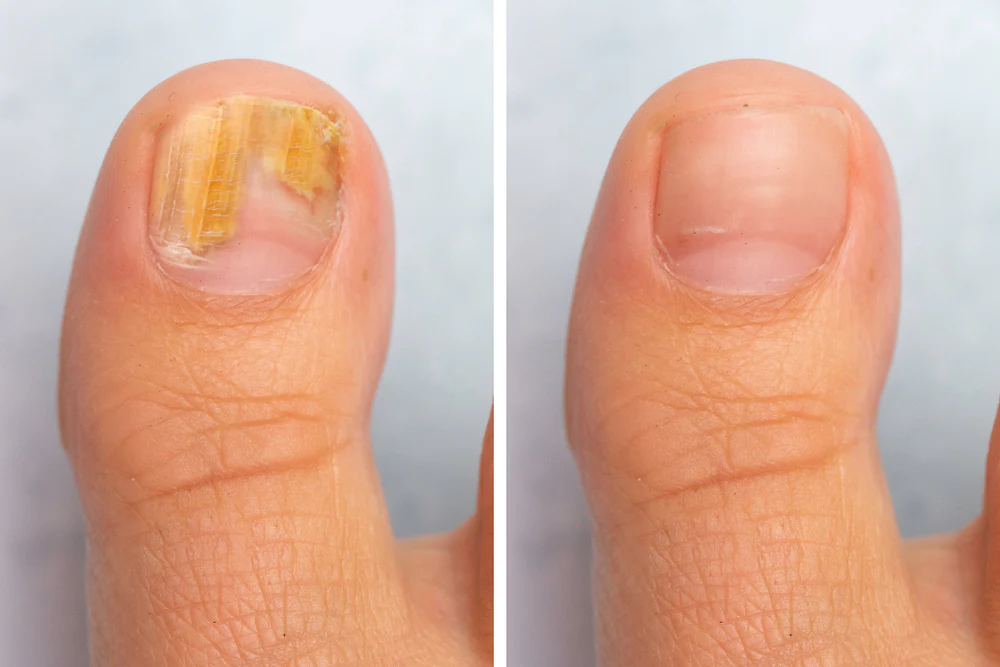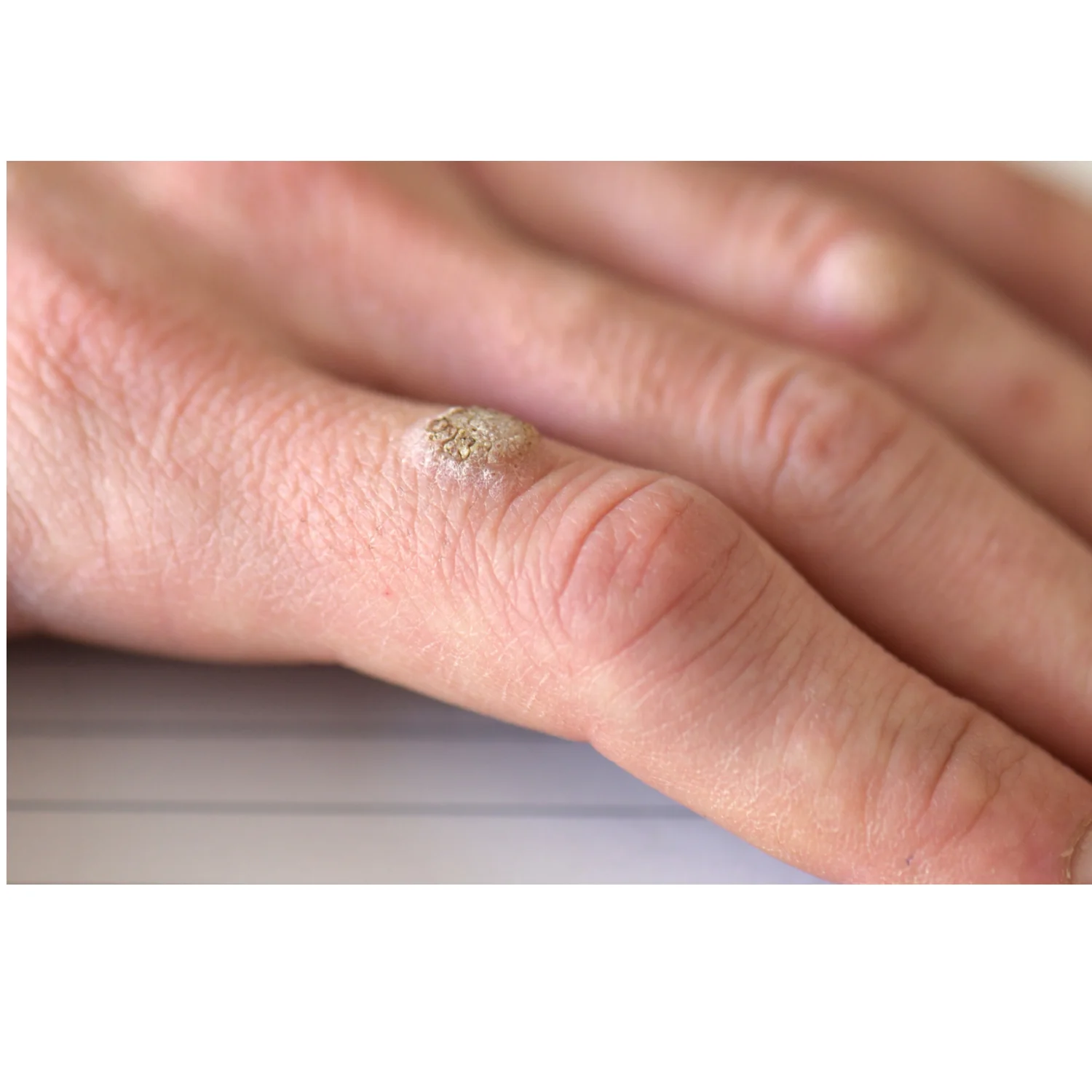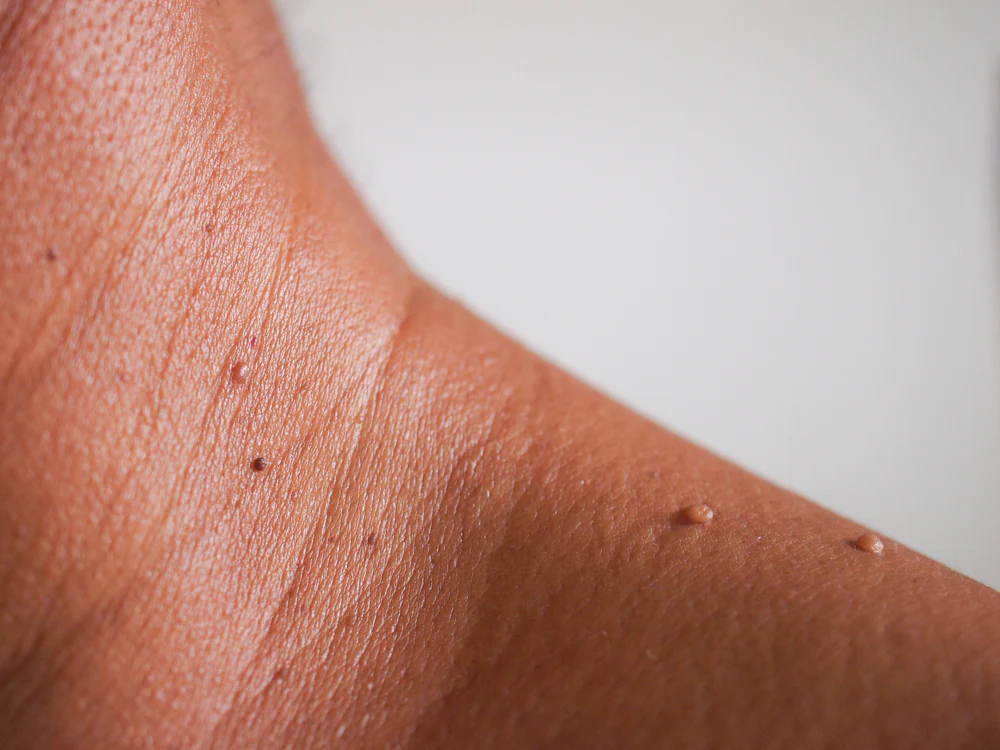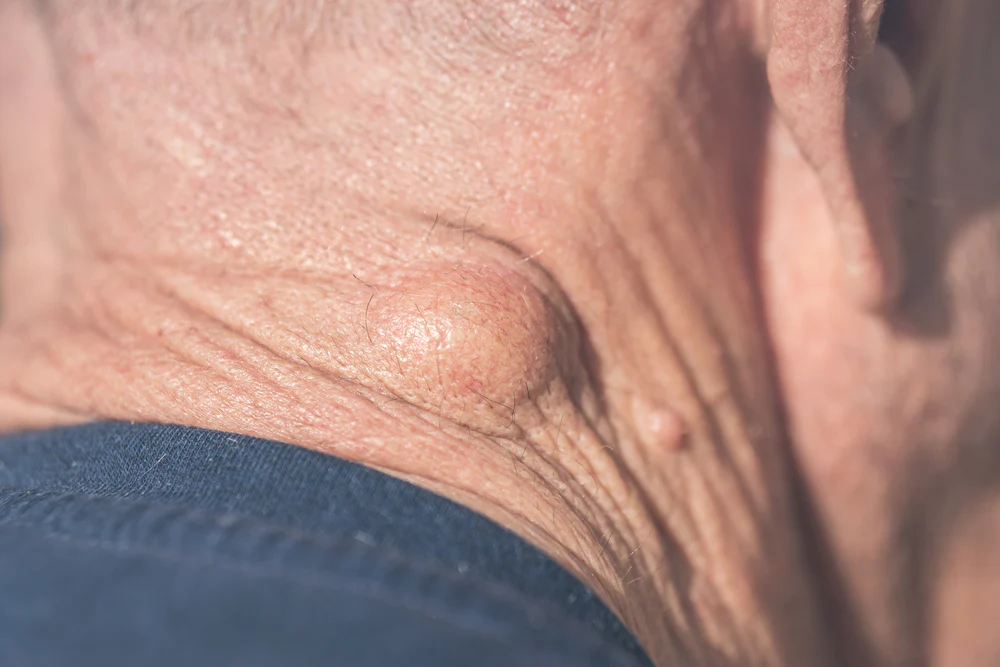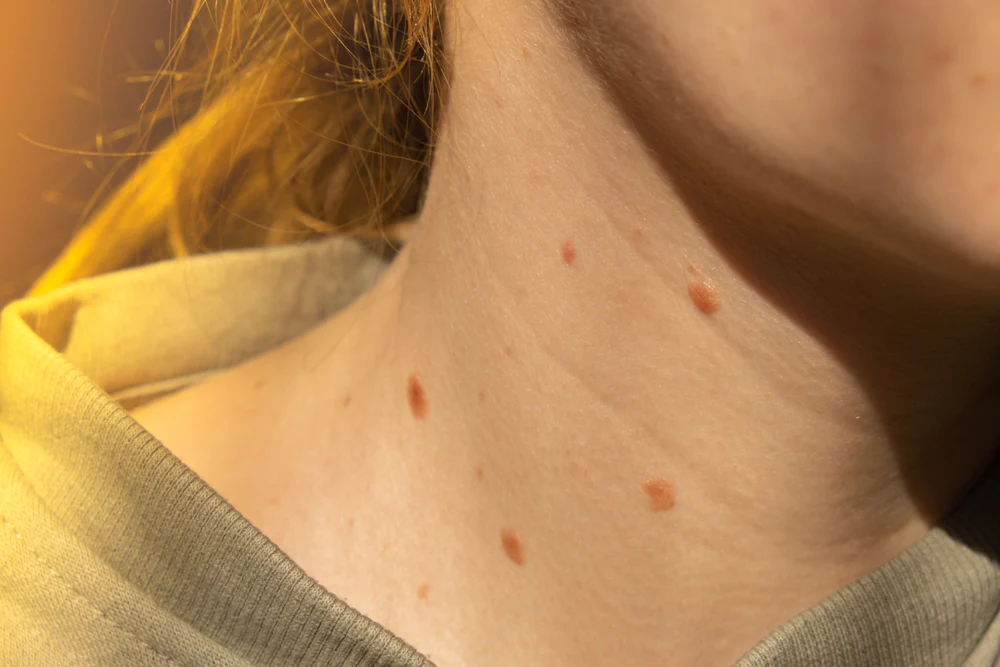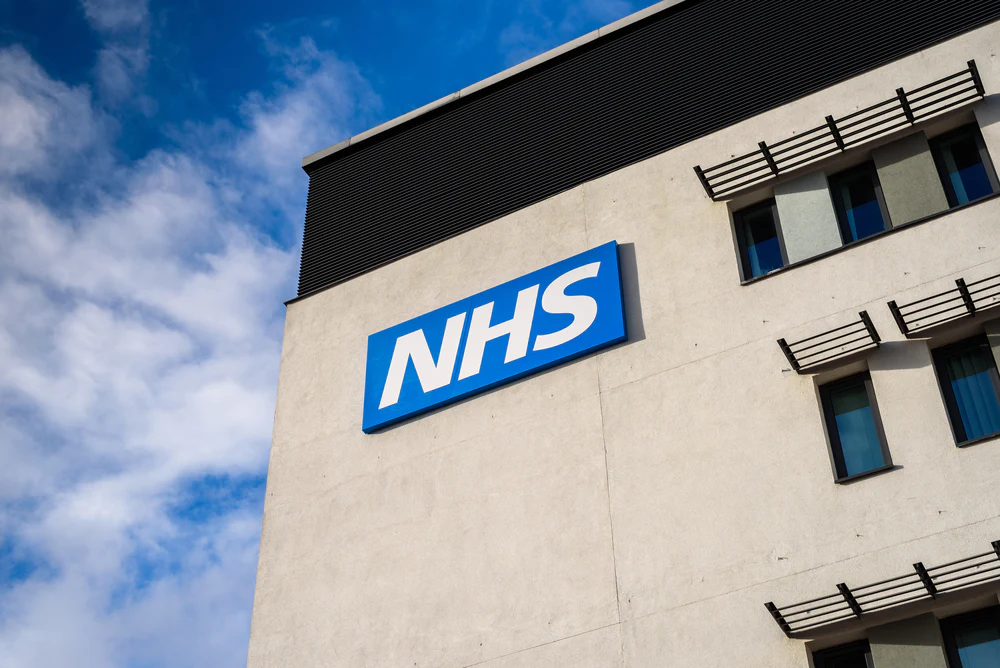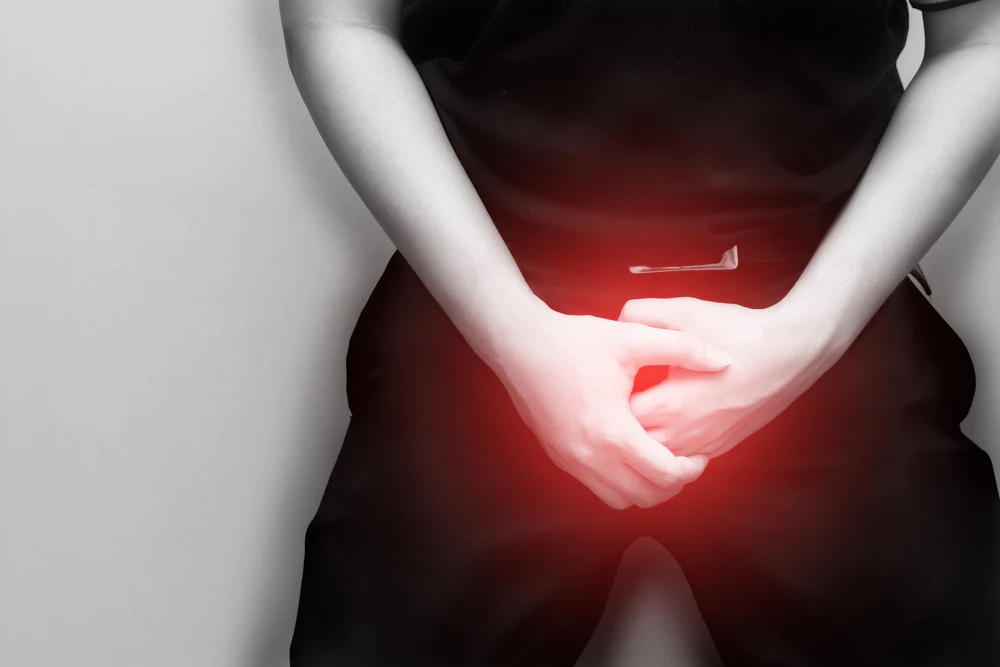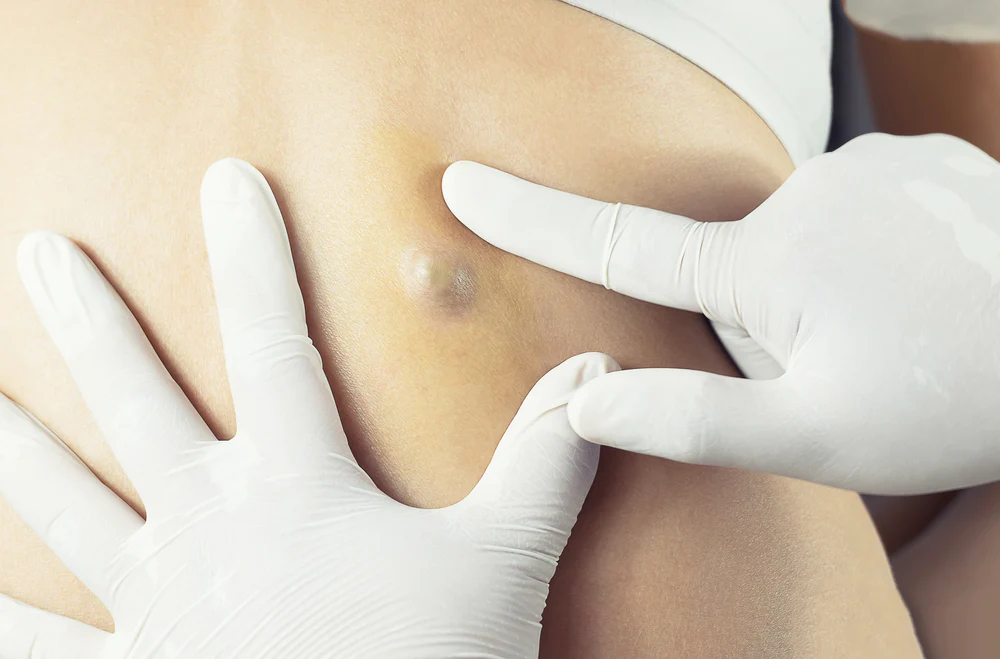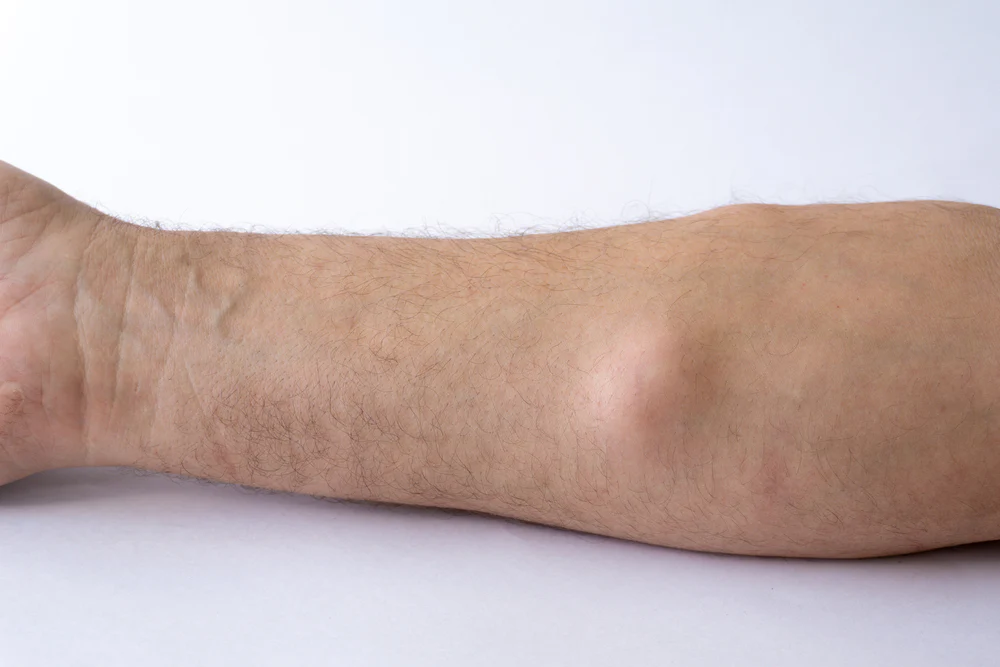Can Nail Fungus Be Cured By Laser?
Onychomycosis, another name for nail fungus, is a widespread condition that impacts millions of individuals worldwide. It might result in toenails that are thick, yellow, and brittle, which can be unpleasant and ugly. While there are various ways to cure nail fungus, laser therapy is among the most cutting-edge and potent therapies now accessible.
Our team of professionals at Revitalise London Dermatology Clinic is committed to giving our patients the highest quality service. For the purpose of treating nail fungus, we provide the most recent laser technology. Our cutting-edge laser therapy works quickly, painlessly, and very effectively to eliminate the fungi that cause toenail fungus.
The process is straightforward and non-intrusive. The damaged toenail is illuminated by a laser, and the energy from the laser kills the fungi without harming the surrounding tissue. For individuals looking for a quick and painless way to get rid of their nail fungus, the technique simply takes a few minutes and is practically painless.
The fact that laser therapy for nail fungus is so effective is one of its key advantages. Within a few weeks of treatment, patients frequently notice a noticeable improvement in the condition of their toenails. Additionally, laser treatment has long-lasting results, making it rare for the fungus to reappear once it has been eliminated.
The safety of laser therapy is another benefit. Laser therapy doesn't have any noticeable adverse effects, unlike some other therapies like topical lotions and oral drugs. Patients no longer have to worry about receiving treatment that might endanger their health as a result.
Finally, laser therapy is practical. Patients can resume their regular activities right away after the short and simple operation. Since there is no downtime or recuperation period required, it is a fantastic option for people who are busy and require a quick and efficient cure for their nail fungus.
At Revitalise London Dermatology Clinic, we think that everyone has a right to have toenails that are both attractive and healthy. For the purpose of treating nail fungus, we provide the most recent laser technology. Contact us right now to set up a consultation and learn more about our laser treatment options if you have nail fungus and are searching for a quick, efficient, and secure solution.

